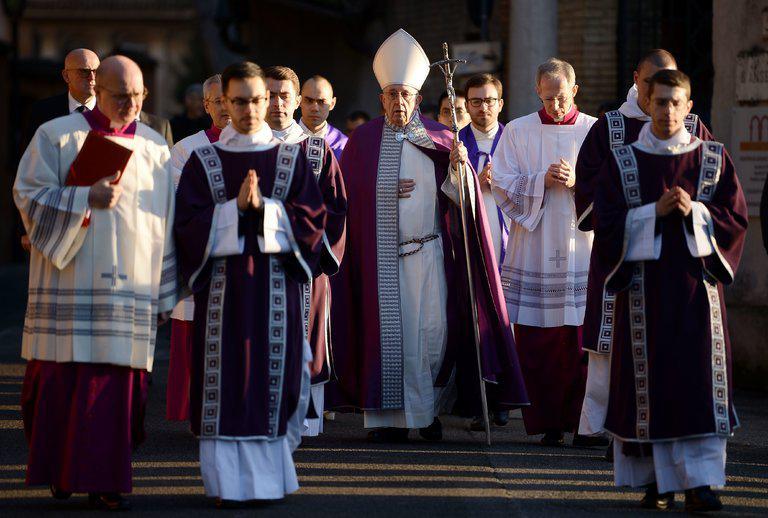|
Pope Revives Sexual Abuse Commission Amid Criticism of Vatican
By Jason Horowitz
Leer en español: El Vaticano reactiva la comisión sobre abusos sexuales ante críticas After his spirited defense of a Chilean bishop accused of covering up sexual abuse prompted the greatest crisis of his pontificate, Pope Francis reactivated an abuse commission on Saturday that had lapsed into dormancy. It was the latest in a series of measures by the Vatican to counter criticism that fighting abuse was not a priority for Francis’ papacy. Cardinal Sean O’Malley of Boston was reappointed as the leader of the group, called the Pontifical Commission for the Protection of Minors. A Vatican statement said the panel would include some victims of clerical sexual abuse. “The Holy Father has ensured continuity in the work of our commission, which is to assist local churches throughout the world in their efforts to safeguard all children, young people, and vulnerable adults from harm,” Cardinal O’Malley said in a statement. The Vatican statement said the abuse victims on the commission preferred to keep their histories private. The first, three-year mandate of the commission ended in December, and its lapsing coincided with growing criticism of the pope’s commitment to addressing sexual abuse in the church. The group plans to begin its work in April by hearing the testimony of abuse victims. The Vatican statement said the commission’s goal “and greatest challenge” remained embedding “abuse prevention and protection into the life and action of local churches.” The announcement about the commission came on the same day that the pope’s most experienced sex crimes investigator, Archbishop Charles Scicluna of Malta, was expected to take testimony in New York from Juan Carlos Cruz, who says that he was sexually abused when he was a teenager in Chile by a priest and that Bishop Juan Barros Madrid had witnessed the abuse. While visiting Chile last month, the pope initially defended Bishop Barros as a victim of “calumny,” saying that the Vatican had received no concrete evidence against the bishop. “The day someone brings me proof against Bishop Barros, then I will talk,” Francis said at the time. “But there is not one single piece of evidence. It is all slander.” The comments caused outrage in Chile, and Francis, amid intense pressure, dispatched Archbishop Scicluna to investigate. On Thursday, the Civiltà Cattolica, a Jesuit journal, published the private remarks the pope made during a visit to Peru last month, in which he disclosed that he regularly met with victims of sexual abuse. “The Holy Father meets victims of sexual abuse, either individually or in groups, several times a month,” Greg Burke, the Vatican spokesman, confirmed in a statement. He added that the pope “tries to help them heal the grave wounds caused by the abuses they suffered.” Many advocates for abuse survivors accused the pope of opening up a wound by saying there was no evidence that Bishop Barros had covered up abuse. It then emerged that the pope had personally received an eight-page letter in 2015 containing testimony against the bishop, and that Cardinal O’Malley had delivered it. Eight members of the commission were reappointed, and nine others are new to the panel. Its experts, which include lay academics and psychologists, priests and nuns, come from several countries, including Brazil, Ethiopia, India and Tonga. Ten are non-clerics and eight are women, including three nuns. Two abuse survivors previously left the commission in frustration. And the pope did not reappoint six lay members who advocates for the abused considered among the commission’s most active leaders.
|
.
Any original material on these pages is copyright © BishopAccountability.org 2004. Reproduce freely with attribution.
